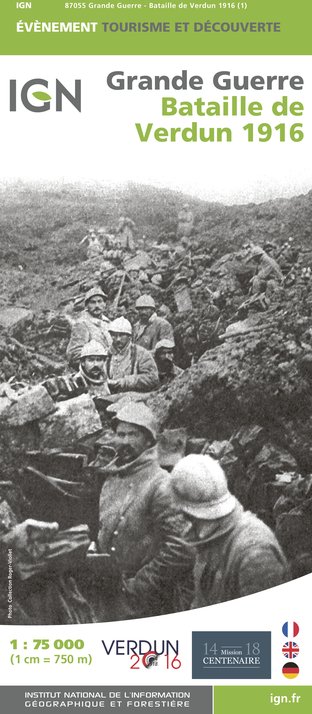Alert
Alerts
TRENCH OF BAYONETS



Description
Early visitors to the Verdun battlefield were often shown a curious site. It is easy to understand that local guides, for the most part veterans of the conflict, were only too tempted to embroider certain aspects of what, for the most part, resembled the surface of the moon. Thus the visitors were regaled by the tale of a group of French soldiers who, standing upright in their trench with fixed bayonets, ready to repel a German attack, were buried alive by the nearby explosions of several shells. As evidence, the tips of the said bayonets could be seen, in the alignment of a filled-in trench, protruding from the tortured soil. Thus was born the legend of the Tranchée des Baïonettes. On 8 November 1920, a stirring eulogy to the men of the 137 th Infantry Regiment who were assumed to lie there, was pronounced on the site, in the presence of none other than the President of the Republic.
A rich American was sufficiently impressed to contribute out of his own pocket for the construction of a monument over the supposed trench to protect it and its occupants. The truth, revealed by Army investigators, is far more prosaic. In fact the bodies were found to have been buried laid out horizontally, and the Germans had used the bayonets as temporary grave markers. Nonetheless, the monument still stands today, and deserves visiting for what it actually does represent, namely a monument honouring brave soldiers, and witness to long-standing Franco-American friendship.d
Technical Information
Altimetric profile
Additional information
Producteur de la donnée
Ces informations sont issues de la plateforme SITLOR - Système d’Information Touristique - Lorraine
Elles sont synchronisées dans le cadre du partenariat entre Cirkwi, l’Agence régionale du Tourisme Grand Est et les membres du comité technique de Sitlor.
IGN cards










Data author






